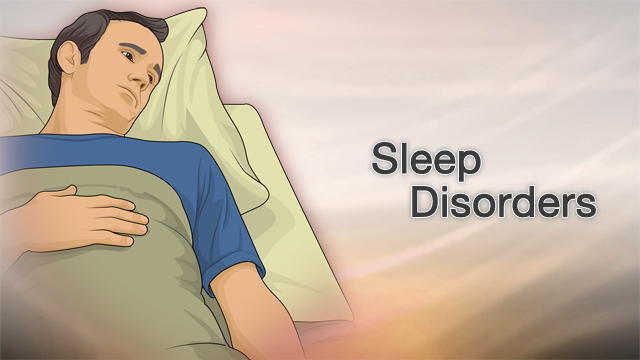People need seem sleep for optimum physical and emotional wellness, yet sometimes your body don’t cooperate. About 50-70 million adults experience a number of sleep disorders which impair their operating, mood and total standard of living. Sleep disorders could be mild or severe, and the great thing is that a lot of may be controlled with well-timed diagnosis and therapy. In this blog post, we are going to check out the most typical forms of sleep disorders, their signs, and tips on how to street address them effectively.
1. Sleep problems
This is basically the most often skilled Exploding Head Syndrome, seen as a trouble slipping or keeping resting. Sleeping disorders symptoms can continue for days or several weeks and could entail daytime tiredness, irritation, and issues concentrating. Sleeping disorders can be due to stress, nervousness, change function, prescription drugs, or root health issues. Behaviour modifications, for example developing a consistent sleep regimen, preventing caffeine and alcoholic drinks, and soothing before bedtime, might help control insomnia. Medicines, such as sedatives and hypnotics, can also be recommended to promote sleep.
2. Sleep Apnea
Sleep apnea is a condition that disturbs inhaling and exhaling during sleep because of narrowed or clogged breathing passages. The most typical variety is obstructive sleep apnea, and yes it affects about 25Percent of grownups. Signs and symptoms of sleep apnea involve noisy snoring, gasping, and choking noises while slumbering, daytime sleepiness, moodiness, and lowered sexual drive. Risks for sleep apnea consist of being overweight, high blood pressure levels, nose blockage, and cigarette smoking. Treatments for sleep apnea include fat loss, utilizing a steady beneficial airway tension (CPAP) device, lifestyle changes, and quite often surgery.
3. Narcolepsy
Narcolepsy can be a unusual nerve condition that triggers extreme day time sleepiness, unforeseen instances of going to sleep, and reduction in muscle mass handle. Signs and symptoms of narcolepsy may start in child years or adolescence, and will lead to sociable and occupational impairments if untreated. The specific cause of narcolepsy is unknown, yet it is thought to be connected with abnormalities in hypothalamus neurons that manage sleep and wakefulness. Treatment solutions for narcolepsy incorporate medicines, including stimulant drugs and antidepressants, and change in lifestyle to boost sleep personal hygiene and bring about avoidance.
4. Restless Leg Syndrome
Restless Lower leg Syndrome (RLS) is a form of neurologic condition that causes an desire to advance one’s thighs and legs to alleviate not comfortable feelings such as pains, prickling, and irritation. This disorder can obstruct sleep quality, causing sleep problems and day time fatigue. The specific cause of RLS is not clear, but it could be related to steel deficit, neural harm, or specific medications. No-pharmacologic treatments, including lower body massages, warm bathing, and physical exercise, may help alleviate RLS signs or symptoms. Prescription drugs, including dopamine agonists and opioids, may also be suggested to control moderate to extreme RLS signs.
5. Change Function Sleep Condition
Change Job Sleep Disorder (SWSD) is a form of sleep problem that affects individuals who work no-classic hrs, including evening shifts, revolving shifts, or extended shifts. SWSD can affect the body’s normal sleep-wake pattern, causing sleeping disorders, tiredness, and reduced performance. SWSD can also increase the risk for crashes, errors, and health conditions like obesity, all forms of diabetes, and cardiovascular disease. Behavior treatments, including implementing a regular sleep routine, staying away from caffeine and stimulant drugs, and developing an ideal sleep surroundings, may help deal with SWSD. Medicines, such as melatonin preparations and wake-advertising brokers, may also be used to manage sleep styles.
To put it briefly:
Sleep is crucial for our own physical and emotional well-being, and then any disturbances to the sleep may have significant results on our health and wellness and happiness. Sleep disorders are a common method of sleep disturbances, and frequently go undiagnosed and with no treatment. Indications of sleep disorders ranges from gentle to extreme, and early discovery and correct treatments can cause increased overall health results. It is important to recognize the indications of sleep disorders and seek assistance from a healthcare professional to control them properly. By learning the different types of sleep disorders in addition to their symptoms, we can make a plan towards a much better standard of living and peaceful sleep.
